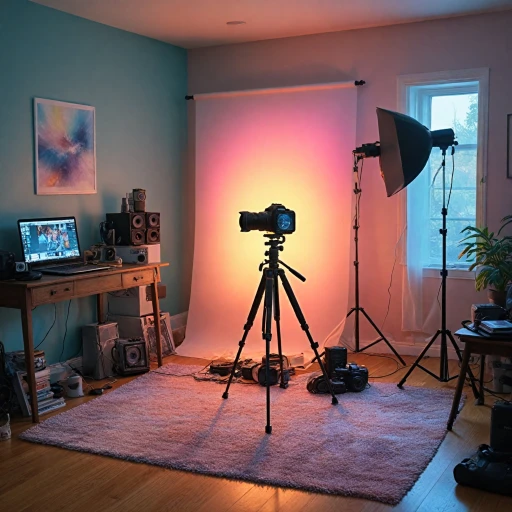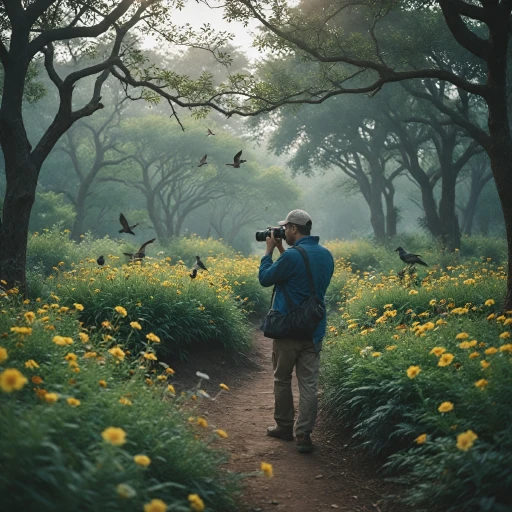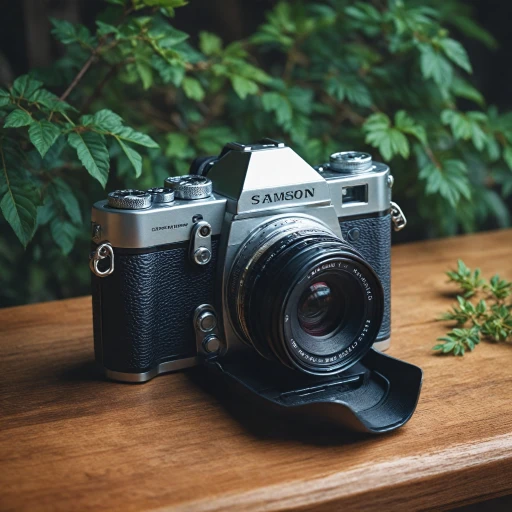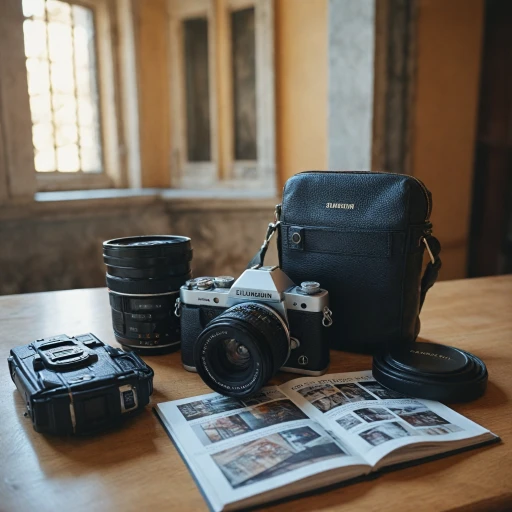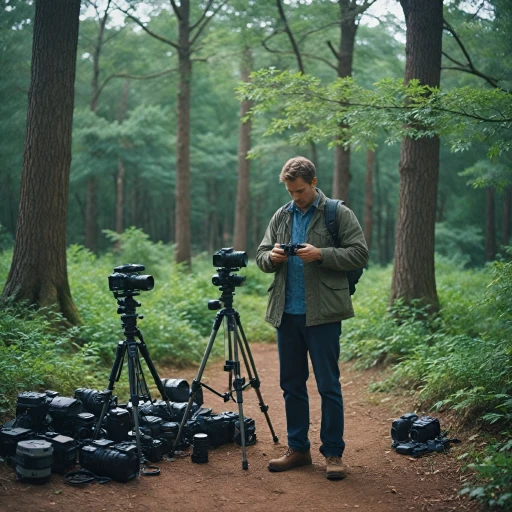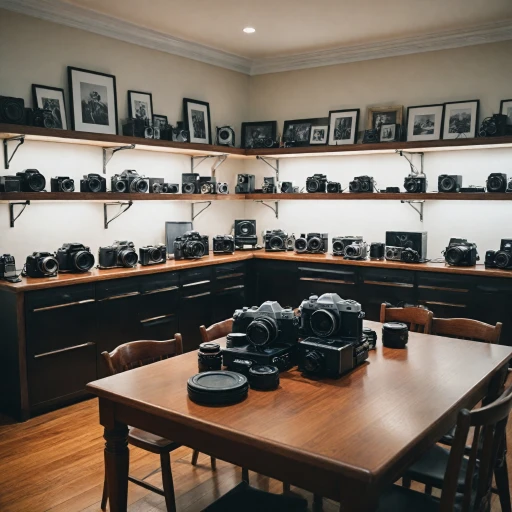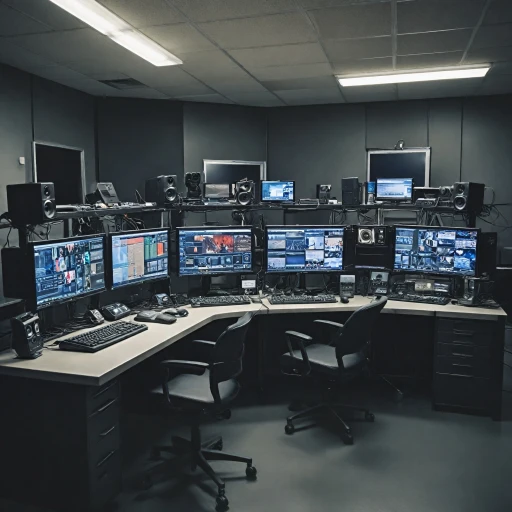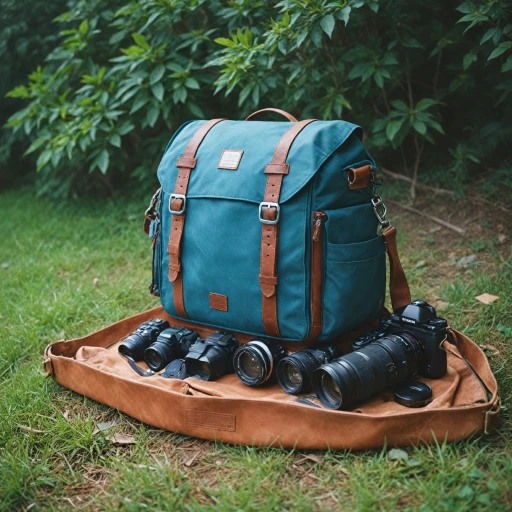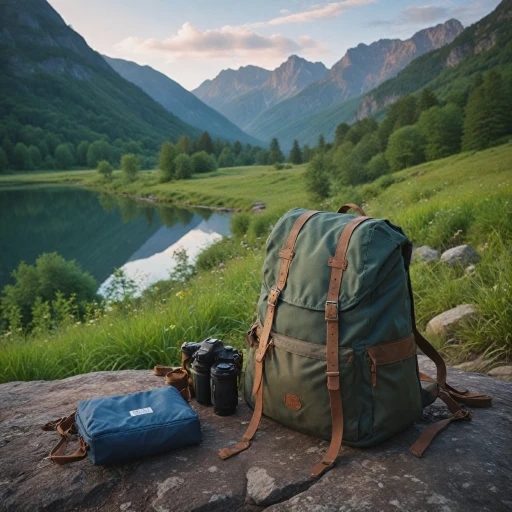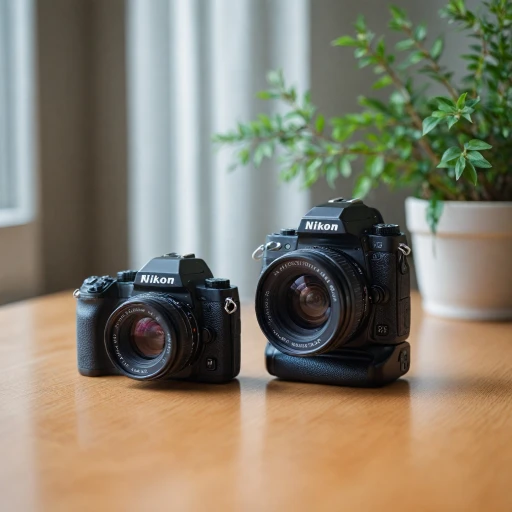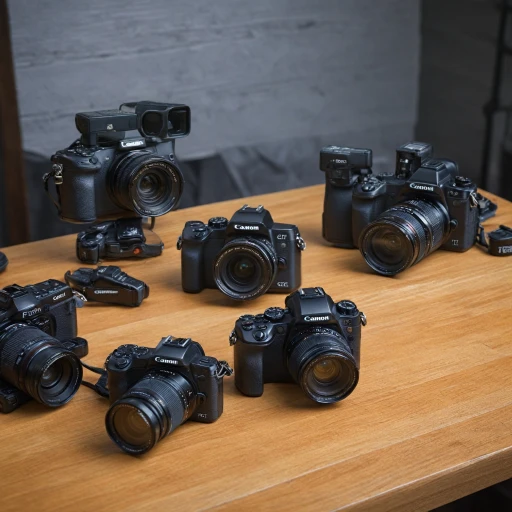
Understanding the Benefits of Mirrorless Cameras
The Advantages of Modern Mirrorless Cameras in Bird Photography
In the realm of bird photography, choosing the right camera can make a significant difference in capturing the beauty and diversity of avian life. Mirrorless cameras have emerged as a top choice for bird enthusiasts due to several compelling benefits. One of the foremost advantages is their lightweight and compact design, which is a critical factor when trekking through nature in pursuit of elusive specimens.
The absence of a mirror mechanism in mirrorless cameras allows manufacturers to produce models that are noticeably smaller and lighter than traditional DSLRs. This reduced weight is especially advantageous during long birding expeditions, allowing for prolonged sessions without unnecessary fatigue. Despite their smaller size, many mirrorless options still offer advanced features like a full frame sensor, enhancing image quality and performance.
Another major benefit is the superior autofocus system of most mirrorless cameras, particularly those from renowned brands like Sony, Nikon, and Canon. These systems excel in subject detection capabilities, which are essential for capturing fleeting moments of birds in flight. The electronic shutter feature in many models also helps achieve higher fps rates, supporting continuous shooting without shutter noise that might disturb the wildlife.
Moreover, mirrorless cameras often deliver excellent performance in low light conditions, which is a common challenge in bird photography. The sensitivity and innovative technology in their sensors allow photographers to take stunning pictures even at dawn or dusk when lighting is subdued.
For those working with a tight budget, there are still best budget options available that provide good image quality and reliable features for bird photography. These cameras serve as a solid introduction to the world of mirrorless systems without compromising on essentials.
If you're interested in exploring more about mirrorless capabilities and options, consider checking out the comprehensive guide on affordable mirrorless video cameras. It highlights the versatility of mirrorless technology in various photography and videography applications.
Key Features to Consider for Bird Photography
Essential Features for Capturing Avian Beauty
Embarking on bird photography with a mirrorless camera necessitates a clear understanding of the features that cater specifically to this genre. Let's delve into the essential aspects to consider to ensure you select a camera that not only fits your needs but also elevates your birding experience.
- Autofocus System: A reliable autofocus system is paramount. Birds often move unpredictably and rapidly, requiring a camera that can efficiently lock in on your subject. Look for systems with advanced subject detection technologies, as seen in models from Canon and Sony.
- Continuous Shooting Speed: Opt for a camera with a high frames per second (fps) rate. This feature enables you to capture sequences of bird movements with precision. Cameras offering 10 fps or more ensure that no wing flap goes unnoticed.
- Sensor Size and Image Quality: Full frame sensors often deliver superior image quality and perform well in low light conditions, which are common challenges in birding. However, APS-C sensors also provide good results, often at a more budget-friendly price point.
- Electronic Shutter Capabilities: Using an electronic shutter can be beneficial to avoid noise that might disturb wildlife and for faster continuous shooting speeds.
- Battery Life: Given the long hours often spent in the field, a camera with excellent battery life is crucial. Always consider carrying extra batteries, too.
When scouting for the best camera, consider these parameters that go hand-in-hand with the advantages of mirrorless models. The next step is to align these features with suitable models and lenses, ensuring you are ready to capture birds in their natural, untamed splendor.
Top Mirrorless Camera Models for Bird Photography
Leading Mirrorless Options for Capturing Birds
Bird photography demands equipment capable of capturing fleeting moments, and the right mirrorless camera is essential. Many models offer remarkable autofocus systems, exceptional image quality, and impressive shooting speeds, but which ones stand out for birding?- Sony Alpha a9II: Known for its top-notch autofocus system, which excels in subject detection, this camera offers continuous shooting at 20 fps. A good choice for capturing birds in flight, thanks to its electronic shutter and excellent battery life.
- Canon EOS R6: A full-frame mirrorless camera known for fast and accurate autofocus, even in low light conditions. The Canon EOS R6's sensor provides crisp image quality, making it highly suitable for bird photography and wildlife alike.
- Nikon Z7 II: With its robust build and impressive full-frame sensor, this camera is perfect for both photography enthusiasts and professionals. Nikon's subject detection capabilities are a boon for birders seeking sharp captures of their subjects.
Lens Selection for Bird Photography
Optimal Lens Choices for Bird Photography
When it comes to capturing the captivating flight or intricate details of birds, selecting the right lens is pivotal. Bird photography demands specific capabilities, and choosing a lens can significantly impact your shooting experience and the resulting image quality.- Focal Length and Zoom Capability: A lens with a longer focal length is essential for birding. It enables you to get closer to your subjects without disturbing their natural behavior. Lenses ranging from 300mm to 600mm are often preferred by photographers engaged in wildlife photography, including birding. This range provides the flexibility to capture birds in flight or perched at a distance.
- Aperture and Low Light Performance: A wider aperture (lower f-number) is beneficial in low light conditions, a common scenario in birding as the best birding often occurs during dawn or dusk. Lenses like the Canon EF 600mm f/4 or Nikon's 500mm lenses are renowned for their ability to perform well in such conditions, ensuring good exposure and sharpness.
- Autofocus Speed and Accuracy: Bird photography often involves fast-moving subjects, and an efficient autofocus system is necessary. Lenses that offer fast and precise autofocus will make a notable difference. For those using mirrorless cameras, Sony's line-up of lenses is respected for their speed and pinpoint accuracy, which enhances your ability to capture birds in flight with precision.
- Weight and Portability: The weight of the lens is a practical consideration, particularly if you plan on walking significant distances with your gear. While some of the best lens options may be heavier, they are designed with features to facilitate easier handling and balance on your camera bird setup. Mirrorless cameras paired with telephoto lenses can offer a good balance between weight and performance.
Techniques for Capturing Stunning Bird Photos
Mastering the Art of Capturing Birds in Flight
To excel in bird photography, understanding your camera and its capabilities is essential. The mirrorless camera’s advanced autofocus system can significantly improve your ability to capture sharp images of birds in flight. Here are some techniques that can help you achieve stunning results:- Utilize Continuous Autofocus: Birds move unpredictably, and continuous autofocus (AF-C mode) will continuously adjust to the subject's movements, ensuring you maintain focus. Brands like Sony and Nikon offer exceptional subject detection capabilities in their mirrorless models, which can enhance your birding photography.
- Take Advantage of High FPS: The ability to shoot continuously at a high frame per second (fps) is crucial for capturing birds in motion. Cameras with a high fps rate allow you to document each flutter of a bird’s wings, drastically increasing the chance of capturing the perfect shot. Mirrorless cameras often have a faster fps rate over traditional DSLRs, thanks to their electronic shutters.
- Choose the Right Shooting Mode: Setting your camera to Shutter Priority Mode enables you to select a fast shutter speed, which is necessary to freeze bird movement and achieve crisp images. A fast shutter speed is crucial in wildlife photography, as birds are often lively and swift.
- Lens Selection Matters: Selecting the best lenses is as important as the camera itself. A lens with a good zoom range, and preferably with image stabilization, will help in capturing distant subjects while maintaining image quality. The Canon EOS and other mirrorless cameras offer a variety of compatible lenses suitable for bird photography.
- Consider the Environment: Shoot in good lighting conditions whenever possible. However, mirrorless cameras with a high-quality sensor can perform well in low light, ensuring you can capture birds at dawn or dusk when they are most active.
- Practice Patience and Observation: Birding requires patience and keen observation skills. Understand the behavior of your subjects and learn to anticipate their movements to position yourself for the best shot.
- Maintain Your Equipment: Regular maintenance of your camera and lenses will ensure optimal performance. Check out how to keep your gear in top condition to avoid any unexpected issues during shoots.
Maintaining Your Mirrorless Camera for Optimal Performance
Regular Cleaning and Care
To ensure your mirrorless camera remains reliable for bird photography, regular cleaning and care are crucial. Dust and dirt can accumulate on your sensor and lenses, affecting image quality. Use a soft brush and air blower to gently remove debris from the camera and lens surfaces. Additionally, invest in a microfiber cloth to keep the lens element smudge-free. Regular maintenance extends the life and performance of your camera, especially in diverse environments like wildlife photography.
Battery Life Optimization
One key aspect to consider for optimal performance is battery life. A spare battery is a lifesaver when shooting in remote locations. Always charge your batteries fully before heading out to capture birds in their natural habitat. Disabling features you don’t need, such as the electronic shutter in certain situations, can help extend battery life. On cold days, keep batteries warm by storing them in your pocket before their use.
Autofocus System Calibration
Precision in autofocus system is vital, especially in bird photography. Periodically check and calibrate your autofocus to ensure subject detection is sharp and birds in flight are properly captured. This isn’t just about hardware but also involves updating your camera's firmware to take advantage of improvements from manufacturers such as Nikon, Canon, and Sony.
Protective Gear and Storage
Weather can be unpredictable during birding trips. To keep your camera in good shape, use waterproof bags or covers. Proper protection preserves both the internal and external elements of your mirrorless camera. When storing your gear, ensure it's in a dry and dust-free environment, which is imperative for maintaining its best performance. Reinforce these practices by using a sturdy, padded backpack specifically designed for cameras.


